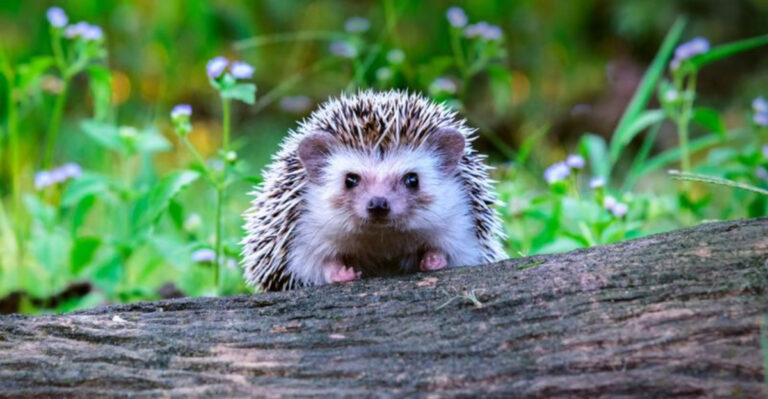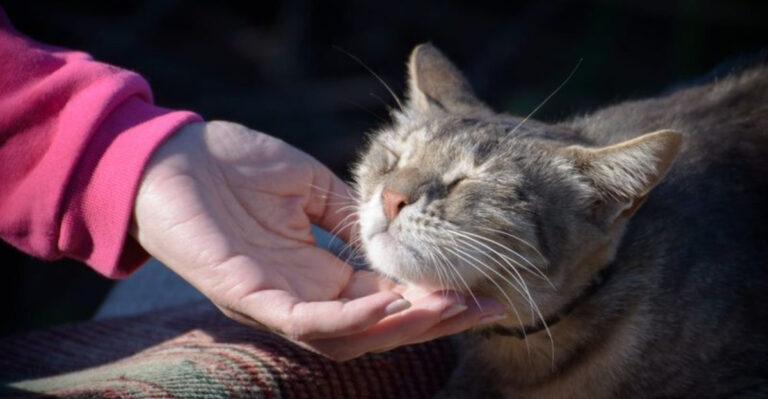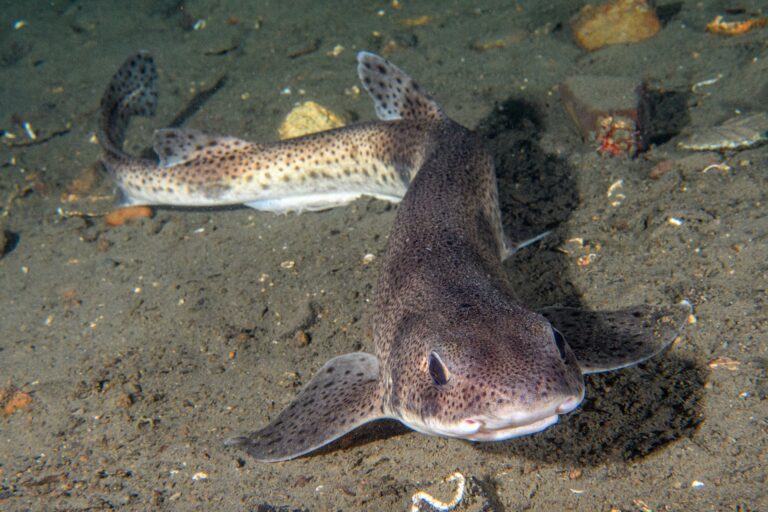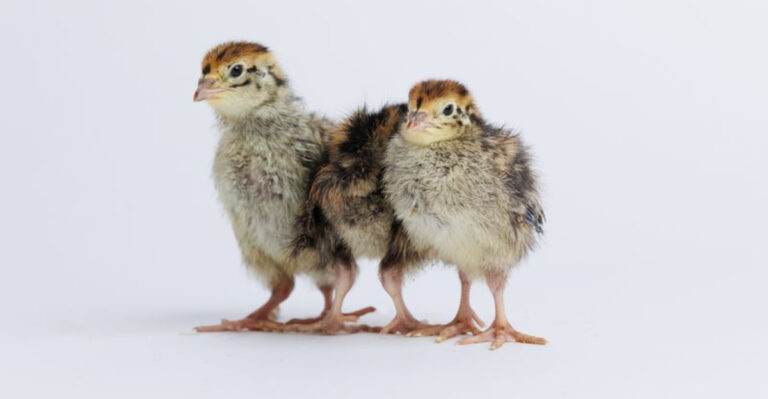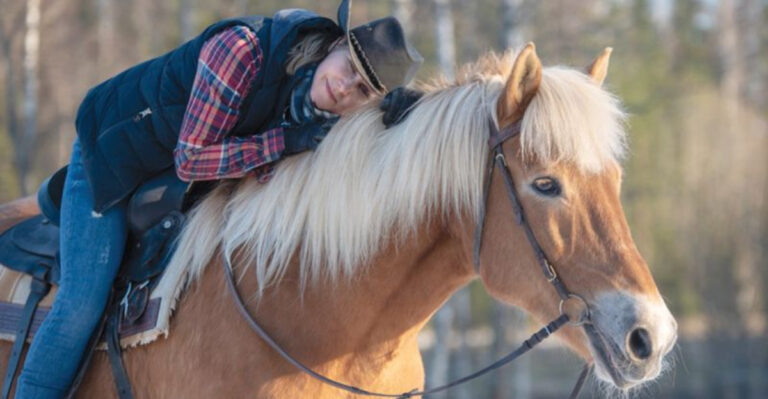15 Clever Ways Animals Mark Their Territory
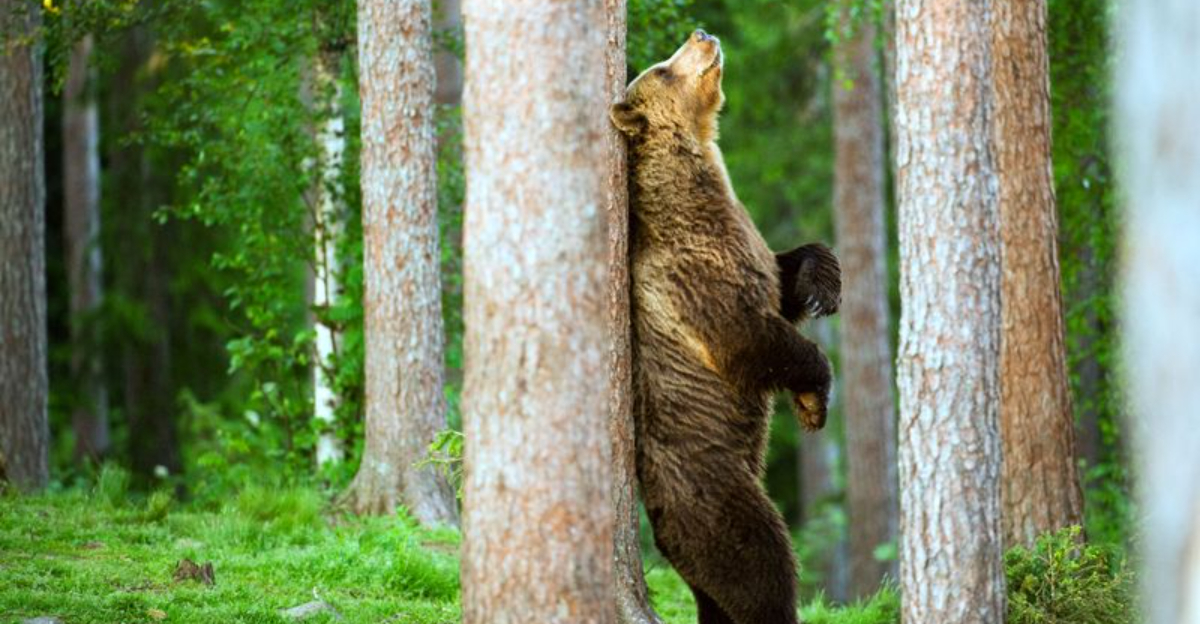
Animals have some truly ingenious ways of marking their territory, ensuring they maintain their space and communicate with others.
From creative scent markings to unique physical displays, these behaviors highlight the adaptability and resourcefulness of wildlife. Join me as we explore remarkable ways animals stake their claim.
1. Ants
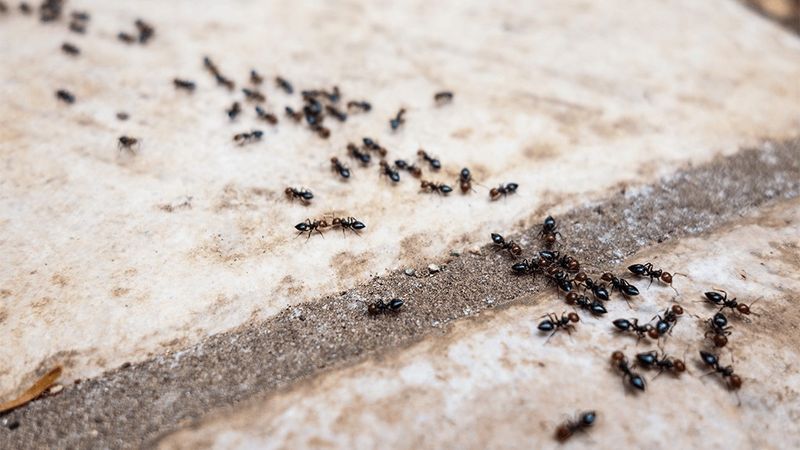
Ants are quite the chemists, using pheromones to create a fragrant map for their comrades. These tiny architects leave a scent trail to signal everything from food locations to danger warnings.
Ever follow a line of ants? It’s their invisible ink doing the magic. While the scent might be undetectable to us, it’s a billboard of information for them! Next time you see ants marching, imagine their world of smells.
2. Tigers
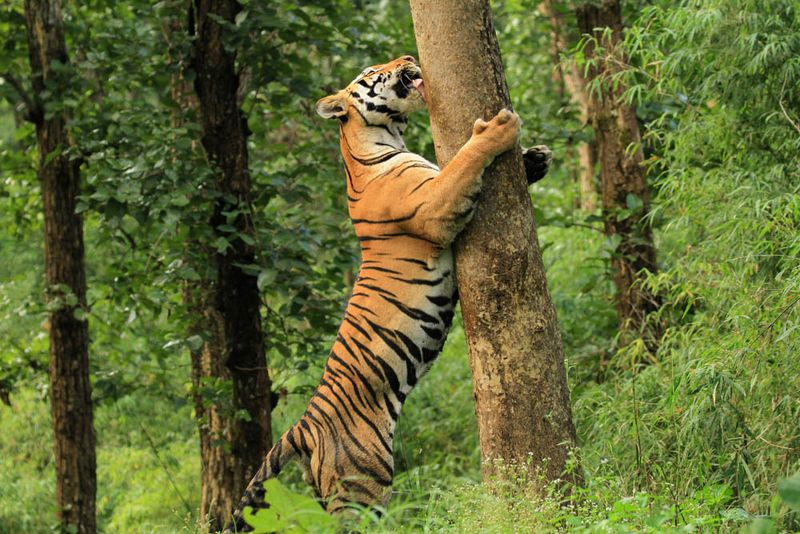
Tigers, with their bold stripes and fierce eyes, are also skilled perfumers. They rub their cheeks against trees, leaving behind unique scents to mark their realm.
This head-rubbing is not just about territory; it’s a personal signature. Much like a royal decree, it says, “This is mine!” Spot a tree marked by a tiger? You are in the presence of royalty!
3. Rabbits
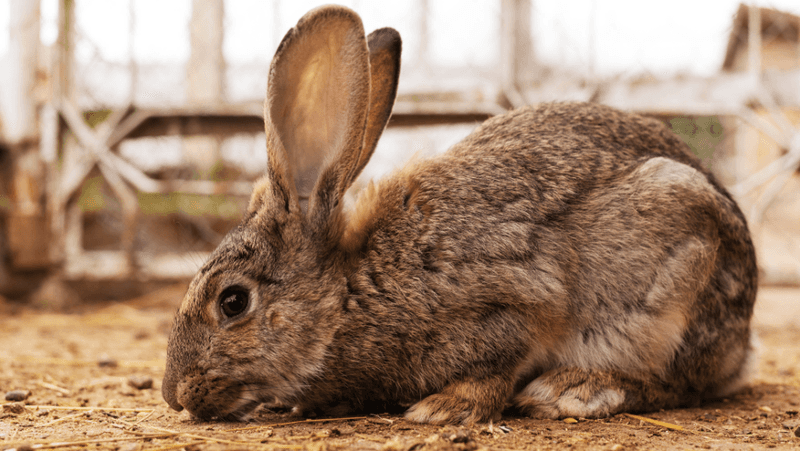
These fluffy creatures have a secret: scent glands under their chins. When a rabbit rubs its chin on objects, it’s declaring ownership in the gentlest way possible.
Imagine having a chin that does all the talking! It’s a soft, silent proclamation of space. Next time you see a rabbit, watch for this subtle gesture. It’s their way of saying, “Welcome to my patch!”
4. Wolves
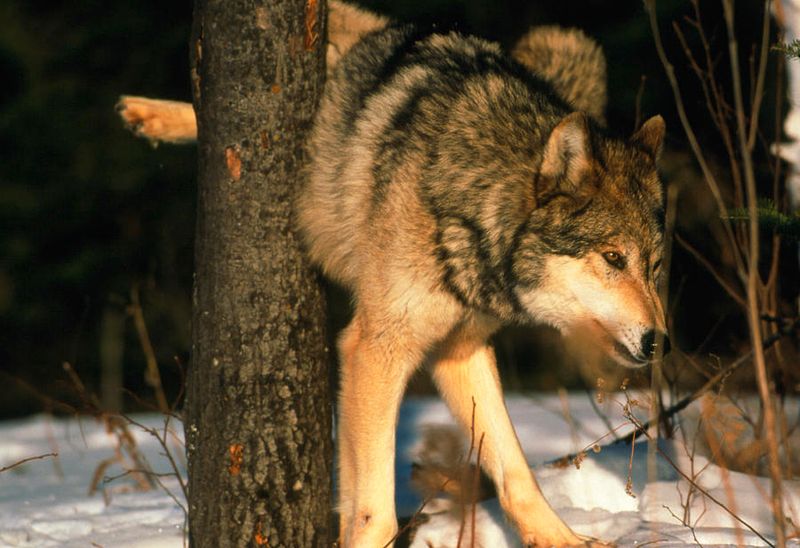
Wolves are the ultimate pack animals, and their territory marking reflects this unity. They use urine to communicate borders, ensuring everyone in the pack is on the same page.
Picture a wolf lifting its leg—it’s not just marking but also leaving a scented message for rivals. In the wild, each marked tree is a chapter of their story, a reminder of the pack’s strength.
5. Elephants
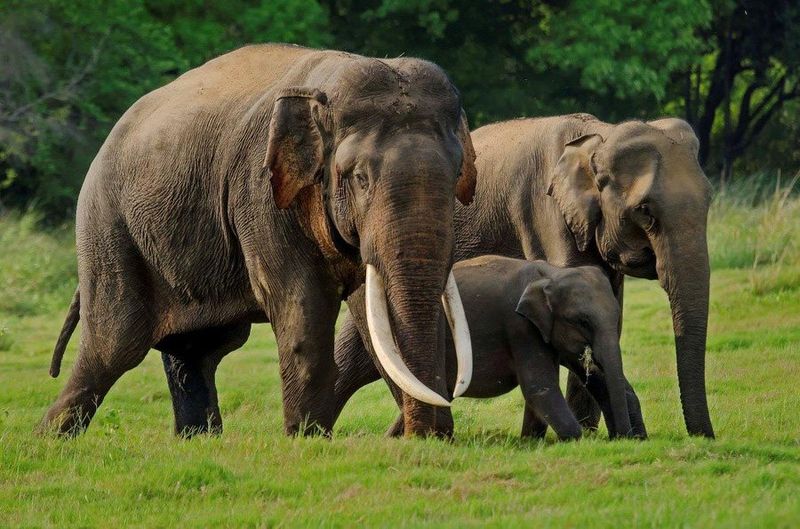
Elephants, with their colossal presence, use body rubs to claim their turf. When they scratch against trees, they’re not just relieving an itch but also leaving a piece of themselves behind.
The rough bark captures their scent and skin, a testament to their passing. In the vast savannah, these marked trees become memory posts for these gentle giants.
6. Cats

Ever see a cat rub its face against your furniture? They have scent glands on their cheeks, and this behavior marks their territory, even in your home.
To a cat, this act is like planting a flag. It’s a comforting ritual that says, “This is my safe space.” So next time your feline friend rubs against you, know you’re part of their cherished domain.
7. Beavers

Beavers are nature’s architects, and they mark territory with a splash. A tail slap on water warns others and announces their presence.
This sound travels far, a natural alarm bell in the wilderness. In their watery world, each splash is a declaration, “I’m here, and this is mine!”
8. Hippopotamuses
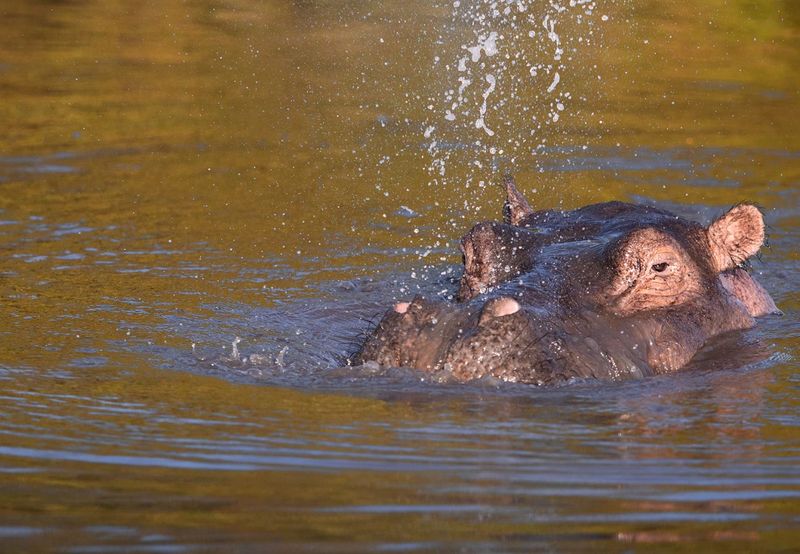
Hippopotamuses are known for their unique method of marking territory—flinging dung with their tails! It might seem messy, but it’s effective.
This spray-and-mark technique communicates boundaries and keeps rivals at bay. In the river, this spectacle of nature is both a show of power and a territorial warning.
9. Giraffes
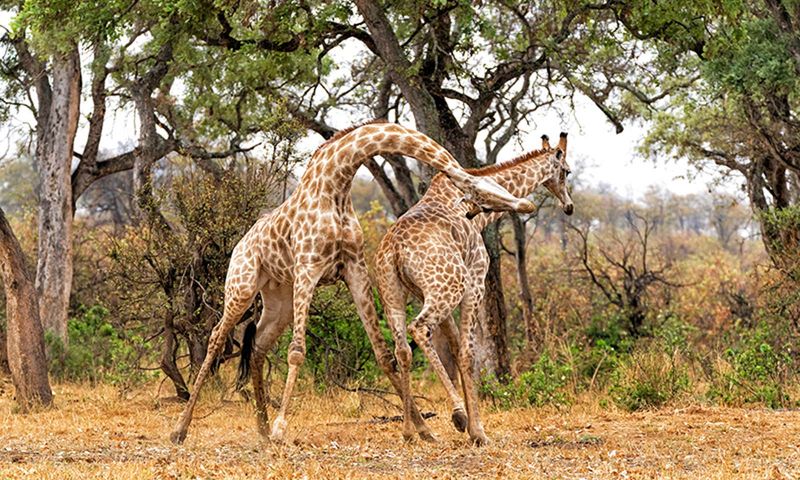
Giraffes may engage in ‘necking,’ a head-butting contest that determines dominance and territory. This graceful yet powerful display is a mix of ballet and boxing. Their towering necks are both tools and symbols of strength.
Amidst the acacias, these battles shape the social landscape. A reminder that in the animal kingdom, even giants must defend their ground.
10. Rhinos

Rhinos leave their mark by scraping trees with their horns. This act is both a warning and a signature in their rugged world.
In the heat of the scrubland, these marked trees become silent witnesses to the rhino’s strength. It’s a raw, physical form of communication—nature’s way of saying, “Beware, I roam here!”
11. Kangaroos
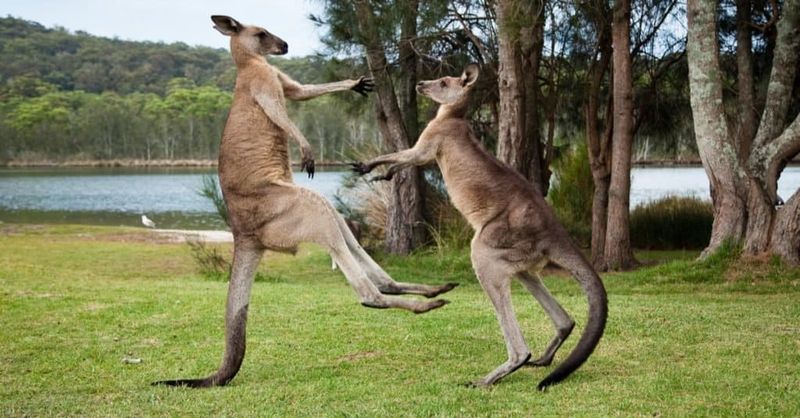
Kangaroos take to scratching trees with their claws, leaving behind a clear message for others. It’s an assertive act, a visual signpost in the vast outback.
These claw marks are like nature’s graffiti, a public declaration of presence. In the harsh Australian landscape, these markings are a testament to the kangaroo’s survival and territory.
12. Bears
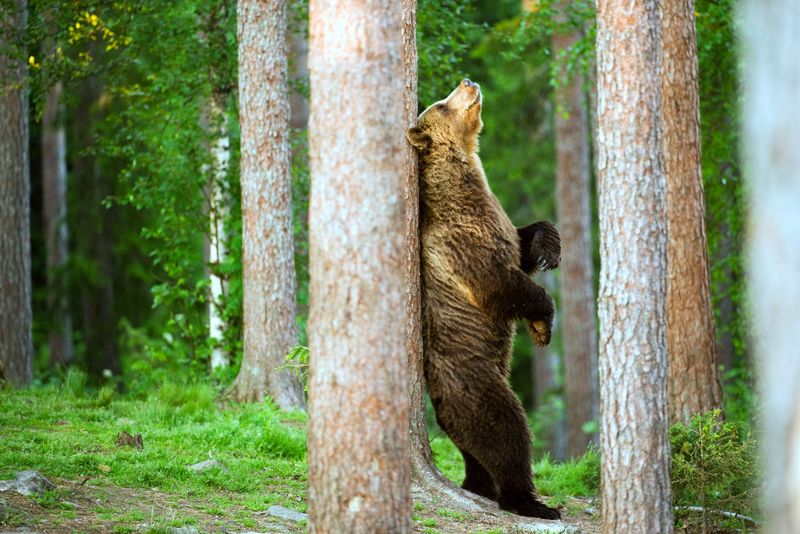
Bears, those formidable forest dwellers, engage in back-rubbing against trees. This behavior leaves behind fur and scent—a tactile announcement.
Such markings serve as social signals, sharing more than just location. In these forests, each rub is a story, a bear’s way of saying, “I live here.”
13. Badgers
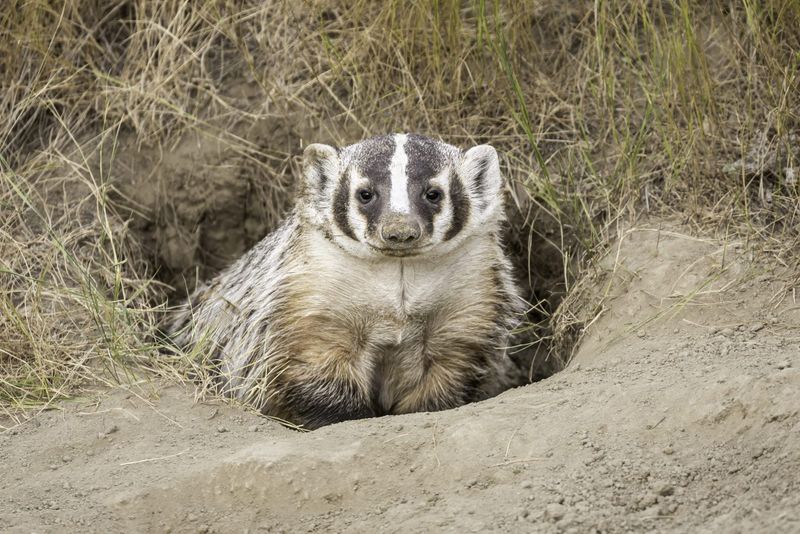
Badgers are industrious diggers, but they also mark their burrows with scent glands. These markings are territorial claims in their underground networks.
Through their keen sense of smell, other badgers recognize these signals. In the quiet woodlands, a marked burrow is a fortress and a family heritage.
14. Deer
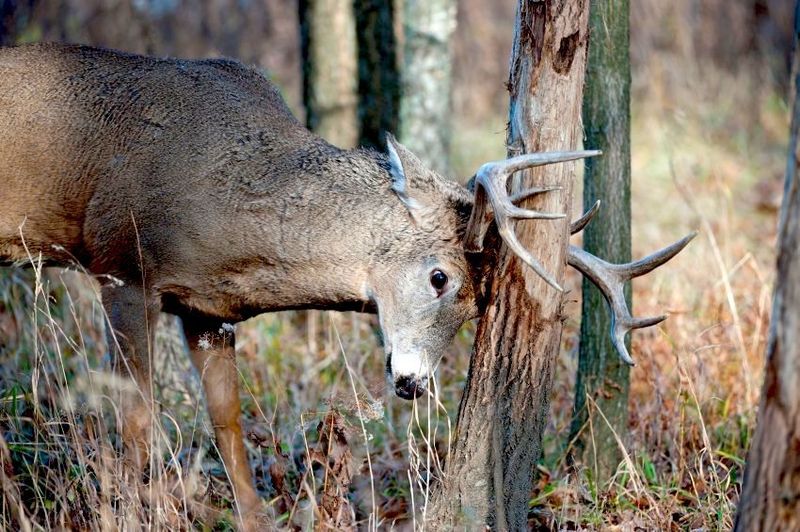
Deer use their antlers to rub against trees, leaving behind a visual mark. This behavior is both an assertion of territory and a sign of virility.
The bark bears witness to these seasonal rituals, creating a map of dominance. In the forest, these rubs are nature’s way of charting life cycles and hierarchy.
15. Monkeys
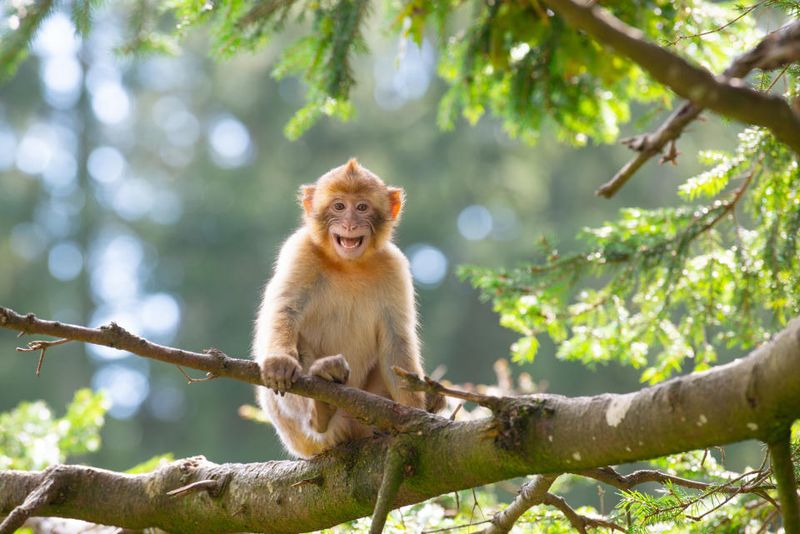
Monkeys often shake tree branches to mark territory, a dramatic way to send signals across the canopy. This behavior is more than just a display; it’s a form of communication that resonates through the forest.
In the treetops, each shake is a declaration of ownership and an invitation to understand their dynamic world.

